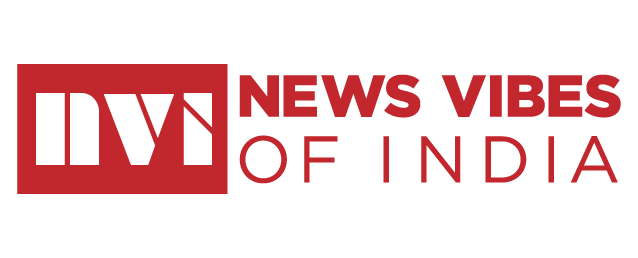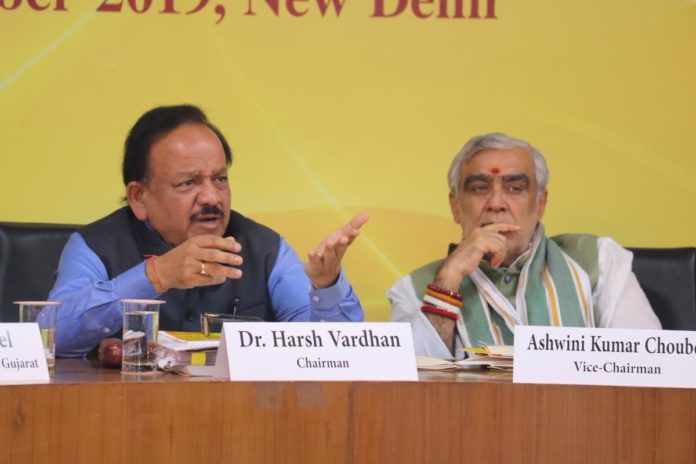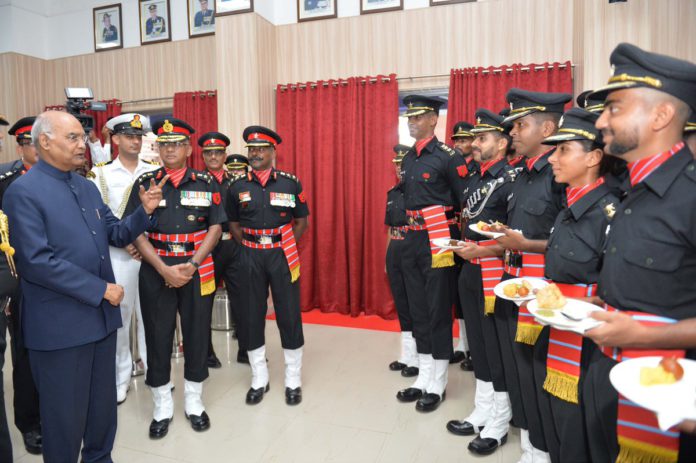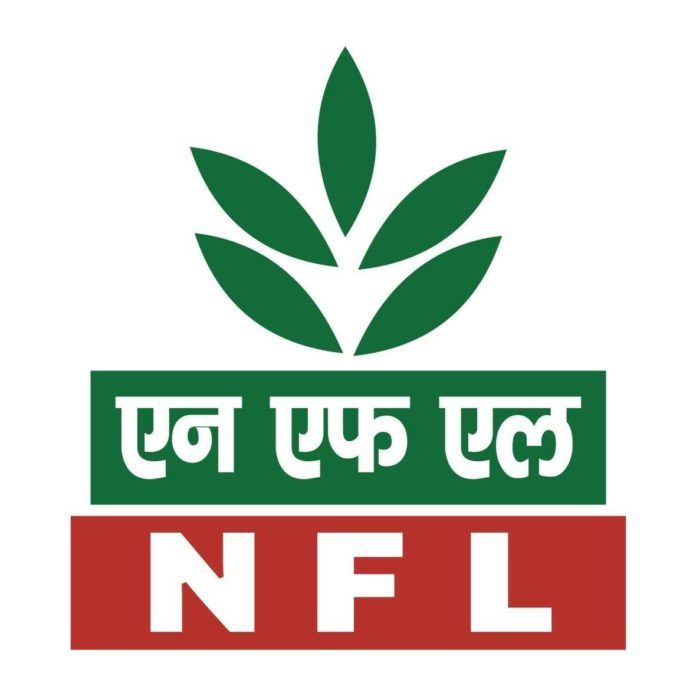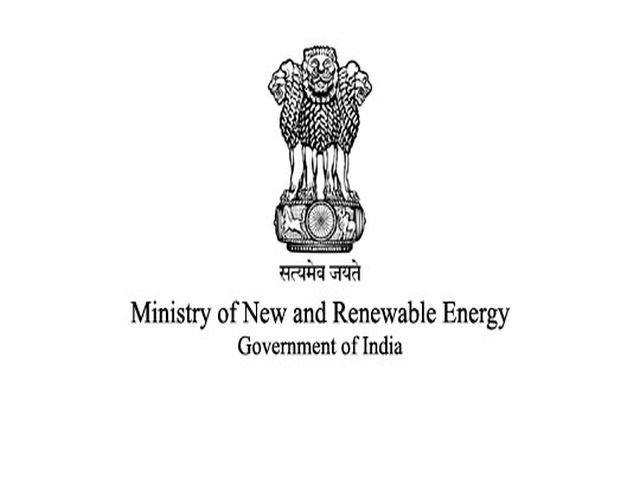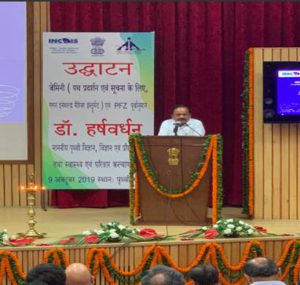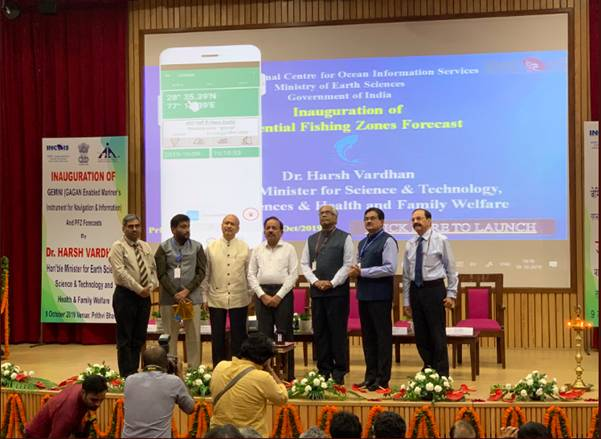New Delhi: Union Health Minister Harsh Vardhan has urged Health Ministers from States/UTs to increase healthcare spending to a minimum 8% of their State budget to meet the goals of healthcare spending of National Health Policy 2017- 2.5% of GDP by 2025.
Inaugurating the 13th Conference of the Central Council of Health and Family Welfare (CCHFW) on October 10, the minister added: “From the first CCHFW meeting to today, we together have achieved several health milestones, especially India being certified Polio-free. This has been possible because of our collaborative efforts. If all Health Ministers come together for a cause, no task can be impossible.” .
Ashwini Kumar Choubey, MoS (HFW), Dr V K Paul, Member (Health), Niti Aayog, Ms. Preeti Sudan, Secretary (HFW), and Health Ministers from 13 states were among those present on the occasion. .
Harsh Vardhan stated that the purpose of the CCHFW meeting is to build a consensus on the national health priorities that is Universal Health Coverage (UHC) through Ayushman Bharat, eliminating TB and other priority agenda such as strengthen medical infrastructure. This can be achieved by collective increase in healthcare spending by the States/UTs to meet the goals of healthcare spending of National Health Policy 2017- 2.5% of GDP by 2025. “This is the first time that a government is so committed to healthcare and health care is on the top agenda.
This is clearly visible from the passionate address of our Prime Minister Narendra Modi at the recently concluded UN General Assembly where he stressed upon four pillars of healthcare, which included universal health coverage; mission mode interventions; quality and accessible affordable healthcare services; and also adequate infrastructure. “Health needs to become a social movement in every State & UT and the Eat Right and Fit India movements need to be taken up by States & UTs in a synergized manner, to ensure a healthy & robust India” Vardhan added .
The Minister also urged the Health Minister of Uttar Pradesh, who is also the Finance Minister of the State, to increase the health budget of the State and set an example for the rest to emulate.
Speaking at the occasion, Ms. Preeti Sudan, Secretary (HFW) said that the health Ministry is dedicated to the cause of effective, affordable, quality and accessible healthcare. She added that the CCHFW is integral to achievement of health goals of the country, “Without the political leadership and commitment of the States & UTs, healthcare cannot be effective”, she added.
Dr Vinod K. Paul, Member, NITI Aayog said two priority areas for the public health sector. “First is increasing the health budgets by the Centre and the States/UTs, and second in enhancing the health infrastructure. The NHP 2017 commitment to increasing the health budget cannot be achieved without States contribution”, he stated. He added that there is a need to engage more with the private sector for augmenting the efforts of the public sector to bring in equity to increase the number of beds and hospitals to meet the global standards of health infrastructure.
